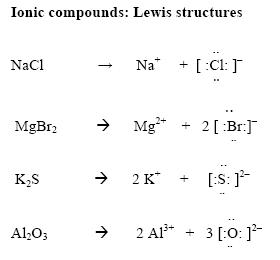- At a specific pressure and temperature one mole of any gas occupies the same volume
- At 0 Celsius and 101.3 kPa = 22.4 Litres.
- This temperature and pressure is called STP [(S)tandard (T)emperature and (P)ressure]
- 22.4 L mol is the molar volume of STP
Example:
- A container with a volume of 893 L contains how many moles of air is STP?
893L x 1 mol = 39.9 mol
22.4L
What you want to do is put write down 893L:
- 893L
After, figure out what the question asks for. If it asks for a mol, you need to cancel out the
information (units) that you already have by multiplying your information with 1 mol divided by STP.
information (units) that you already have by multiplying your information with 1 mol divided by STP.
- 893
Lx 1 mol =
22.4L
- 893L x 1 mol = 39.8660714
22.4L
This is not your final answer. You need to watch out for your significant digits.
- 893
Lx 1 mol = 40.0
22.4L




